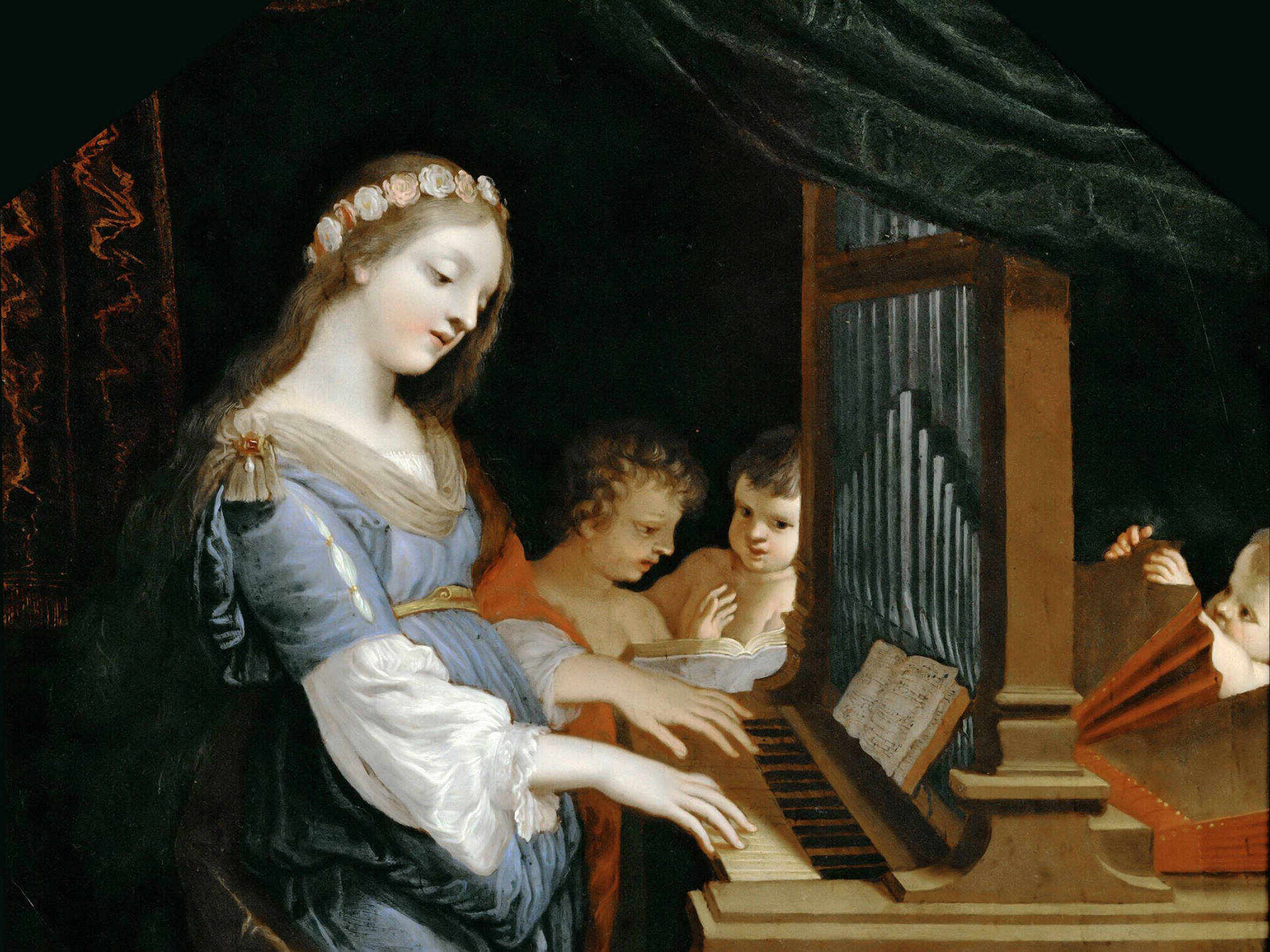
Ever wondered how the Aztecs kept track of time? The Aztec calendar is a fascinating blend of science, mythology, and art. Unlike our modern calendar, it consists of two systems: the Tonalpohualli and the Xiuhpohualli. The Tonalpohualli, or "count of days," is a 260-day cycle used for religious events. Meanwhile, the Xiuhpohualli, or "solar year," spans 365 days, aligning with the Earth's orbit around the sun. Together, these calendars create a 52-year "century," known as a bundled cycle. Intrigued yet? Let's dive into 13 captivating facts about this ancient timekeeping marvel that reveal the Aztecs' sophisticated understanding of astronomy and their rich cultural heritage.
The Aztec Calendar: A Marvel of Ancient Timekeeping
The Aztec calendar is a fascinating artifact from a civilization known for its advanced understanding of astronomy and mathematics. This ancient timekeeping system is more than just a way to track days; it reflects the Aztecs' beliefs, culture, and scientific achievements.
Structure of the Aztec Calendar
The Aztec calendar is composed of two main cycles that interlock to create a comprehensive system. These cycles are the Tonalpohualli and the Xiuhpohualli.
-
Tonalpohualli: This 260-day cycle is also known as the sacred calendar. It consists of 20 periods, each lasting 13 days. Each period is associated with a specific deity and has its own significance in Aztec rituals and ceremonies.
-
Xiuhpohualli: The 365-day cycle, known as the solar calendar, is divided into 18 months of 20 days each, plus an additional 5 "empty" days. These extra days were considered unlucky and were often avoided for important activities.
Symbolism in the Aztec Calendar
The Aztec calendar is rich with symbols and imagery, each carrying deep meaning and significance.
-
Sun Stone: The most famous representation of the Aztec calendar is the Sun Stone, also known as the Calendar Stone. This massive stone carving is filled with intricate symbols representing the days, months, and deities of the Aztec calendar.
-
Central Figure: At the center of the Sun Stone is the face of Tonatiuh, the sun god. This symbolizes the importance of the sun in Aztec culture and its role in sustaining life.
-
Four Previous Suns: Surrounding Tonatiuh are symbols representing the four previous eras, or "suns," that the Aztecs believed had existed before the current one. Each era ended in a cataclysmic event, such as floods or earthquakes.
The Role of the Calendar in Aztec Society
The Aztec calendar was not just a tool for tracking time; it played a crucial role in various aspects of Aztec life.
-
Agriculture: The calendar helped Aztecs determine the best times for planting and harvesting crops. This ensured that they could maximize their agricultural yield and sustain their population.
-
Religious Ceremonies: Many religious rituals and ceremonies were scheduled according to the Tonalpohualli. Each day had its own deity and associated rituals, making the calendar essential for maintaining religious order.
-
Political Events: Important political events, such as the coronation of rulers or the signing of treaties, were often timed according to the calendar. This added a layer of legitimacy and divine approval to these events.
Mathematical Precision
The Aztec calendar demonstrates the advanced mathematical skills of the Aztec civilization.
-
Leap Year Adjustment: The Xiuhpohualli included a system for adjusting for leap years, ensuring that the calendar remained accurate over long periods. This shows a sophisticated understanding of the solar year.
-
Interlocking Cycles: The combination of the Tonalpohualli and Xiuhpohualli created a 52-year cycle known as the "bundling of years." This interlocking system ensured that the same combination of days would not repeat for 52 years, adding complexity and precision to their timekeeping.
Modern Interpretations and Misconceptions
The Aztec calendar has fascinated modern scholars and the general public alike, leading to various interpretations and misconceptions.
-
Mayan Calendar Confusion: The Aztec calendar is often confused with the Mayan calendar. While they share similarities, they are distinct systems developed by different cultures.
-
Doomsday Predictions: Some people mistakenly believed that the Aztec calendar predicted the end of the world in 2012. This misconception likely arose from confusion with the Mayan calendar and misinterpretations of ancient texts.
-
Cultural Revival: In recent years, there has been a renewed interest in the Aztec calendar among descendants of the Aztecs and scholars. This has led to a deeper understanding of its significance and a revival of traditional practices associated with it.
The Aztec Calendar's Legacy
The Aztec calendar isn't just a relic; it's a testament to the ingenuity of an ancient civilization. This intricate system, with its 365-day solar cycle and 260-day ritual cycle, showcases the Aztecs' deep understanding of astronomy and timekeeping. Their calendar influenced their agriculture, religion, and daily life, proving its significance beyond mere dates. Even today, the Aztec calendar stone fascinates historians and enthusiasts alike, offering a glimpse into a world where time was both a scientific and spiritual concept. By studying this calendar, we gain insight into the Aztecs' worldview and their advanced knowledge. So, next time you see that iconic stone, remember it's more than just an artifact; it's a symbol of a civilization's brilliance and its enduring legacy.
Was this page helpful?
Our commitment to delivering trustworthy and engaging content is at the heart of what we do. Each fact on our site is contributed by real users like you, bringing a wealth of diverse insights and information. To ensure the highest standards of accuracy and reliability, our dedicated editors meticulously review each submission. This process guarantees that the facts we share are not only fascinating but also credible. Trust in our commitment to quality and authenticity as you explore and learn with us.


